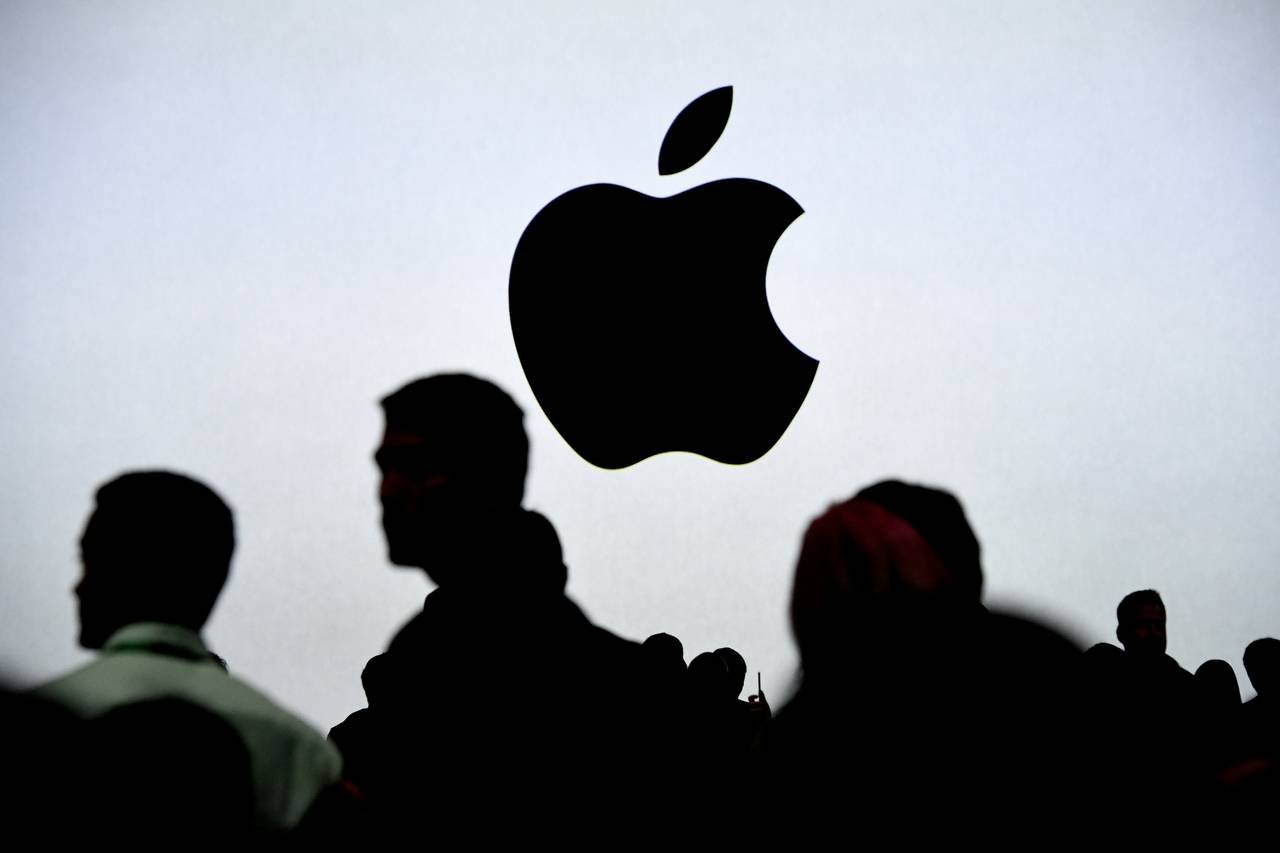Subtotal $0.00
When Apple first unveiled the iPhone in 2007, it didn’t just introduce another gadget—it transformed the way humans interact with technology. From how we connect with friends to how we shop, navigate, and work, the iPhone has been at the center of one of the biggest lifestyle shifts in modern history. Yet, despite yearly upgrades and incremental improvements, critics often argue that the core concept of the iPhone hasn’t changed much in over a decade. That’s about to shift dramatically. According to multiple industry reports and insider hints, Apple is preparing for what’s being called “the biggest shake-up in two decades”—a reinvention of the iPhone that could redefine smartphones all over again.
The iPhone’s Evolution So Far
Over the years, Apple has mastered the art of gradual innovation. Larger displays, Face ID, enhanced cameras, faster processors, and software refinements have kept the iPhone consistently competitive. The launch of the iPhone X in 2017—removing the home button and introducing the notch—was perhaps the last truly bold design shift. Since then, we’ve seen powerful changes under the hood, but little in terms of radical rethinking of what an iPhone can be.

That cycle of incrementalism may soon end. Apple’s next-generation iPhone promises more than just another spec bump—it could fundamentally alter the form, function, and philosophy of what a smartphone represents.
What’s Driving This Reinvention?
Apple’s decision to shake things up isn’t happening in a vacuum. The smartphone market has matured; nearly everyone who wants one already has one. To spark another wave of excitement and growth, Apple needs to deliver something groundbreaking. At the same time, technologies like artificial intelligence, augmented reality, and foldable displays are reaching a point where they can be integrated into mass-market devices. Competitors like Samsung and Google have already experimented with bold features, but Apple tends to enter the race later—refining technologies until they’re truly consumer-ready.
Rumored Game-Changing Features
While Apple has kept its plans tightly under wraps, leaks and patents suggest several possibilities:
- A Completely Button-Free Design: Apple has long dreamed of eliminating physical ports and buttons. The next iPhone could move closer to this vision with solid-state buttons, wireless-only charging, and seamless unibody construction.
- Foldable or Rollable Displays: After years of speculation, Apple might finally reveal its take on foldable screen technology, bringing portability without sacrificing screen real estate.
- Apple Intelligence Integration: Apple’s new AI ecosystem could turn the iPhone into a true digital assistant—capable of context-aware tasks, predictive actions, and even advanced creative support.
- Mixed Reality Capabilities: With the launch of the Apple Vision Pro, Apple signaled its ambitions in augmented reality. The next iPhone may bridge the gap by offering AR-ready hardware that integrates seamlessly with Apple’s ecosystem.
- Radical Battery Innovations: Expect breakthroughs in energy efficiency, wireless charging, and potentially longer-lasting, eco-friendly battery materials.
The Impact on Users
If this reinvention lives up to the hype, users will experience more than cosmetic changes. Imagine an iPhone that unfolds into a tablet for productivity, or a device that understands your needs before you articulate them. Enhanced AR capabilities could make everyday navigation, shopping, and gaming more immersive. For professionals, AI-powered tools could streamline workflows in ways that feel less like using a phone and more like having a personal digital partner.
Why This Is the Biggest Shake-Up in 20 Years

Apple has reinvented itself before—first with the iPod, then with the iPhone, and later with the iPad. But for the past 15 years, the iPhone has remained the company’s crown jewel, largely following a familiar trajectory. A dramatic rethinking now would not only impact Apple’s bottom line but could reshape the broader tech landscape. Much like the first iPhone set the standard for smartphones, this new era could reset expectations entirely.
The Road Ahead
Change of this scale comes with risks. Some users may resist radical design shifts, while competitors will scramble to catch up or differentiate. But if history is any guide, Apple’s gamble may once again set the pace for the industry.
As anticipation builds, one thing is clear: the iPhone is no longer just evolving—it’s about to be reborn. And when Apple reinvents, the world pays attention.











